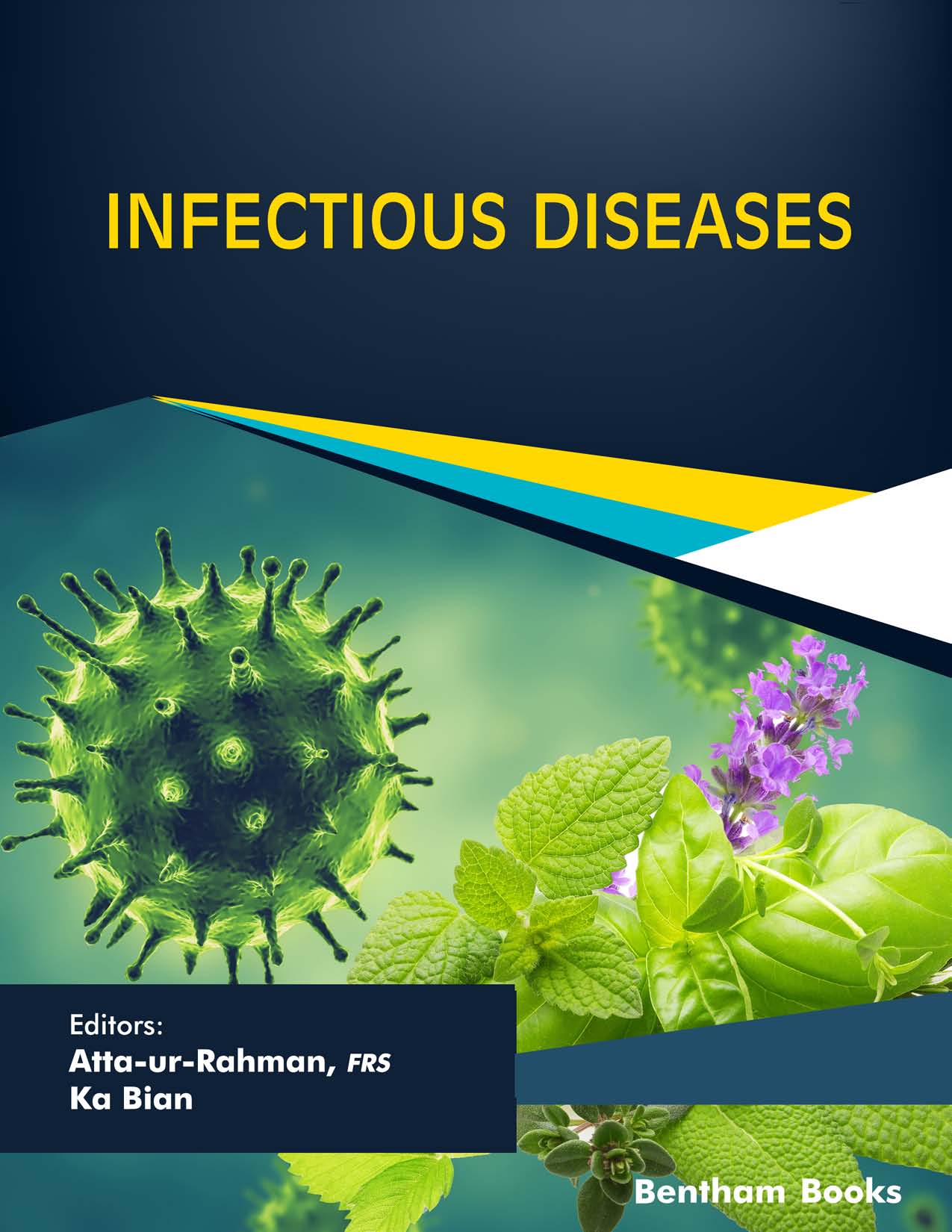Introduction
Herbal Medicine: Back to the Future
compiles expert reviews on the application of herbal medicines (including Ayurveda, Chinese traditional medicines and alternative therapies) to treat different ailments. The book series demonstrates the use of sophisticated methods to understand traditional medicine, while providing readers a glimpse into the future of herbal medicine.
This volume presents reviews of plant based therapies useful for treating different infectious diseases. The reviews highlight different sources of antiviral, antibacterial and antifungal herbs. The volume concludes with a review on the therapeutic potential of herbs for treating rheumatoid arthritis. The chapters included in this volume are as follows:
- - Brazilian Siparuna species as a Source of antiviral agents
- - Antimicrobial and antifungal potential of Indian spices
- - Role of herbal medicines in the treatment of infectious diseases
- - Herbal medicine: traditional approach to treat infectious diseases
- - Exploring the therapeutic potential of medicinal plants for rheumatoid arthritis
This volume is essential reading for all researchers in the field of natural product chemistry and pharmacology. Medical professionals involved in internal medicine who seek to improve their knowledge about herbal medicine and alternative therapies for tropical and other infectious diseases will also benefit from the contents of the volume.
Readership Students, researchers and professionals in the field of medicinal chemistry and general medical practice.

